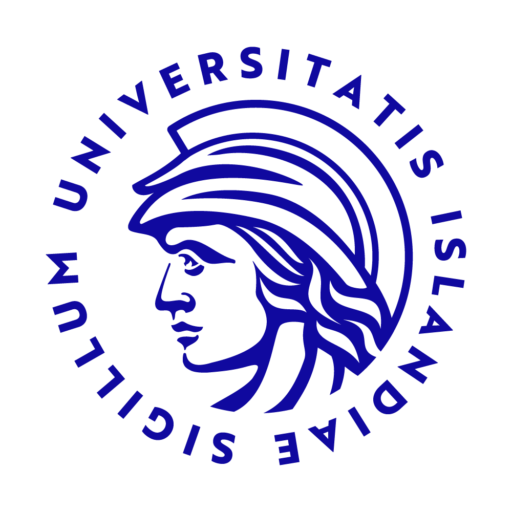Main author: Rebekka Björg Guðmundsdóttir
Institution or Company: Centre of Public health sciences at the University of Iceland
Co-Authors, Institution or Company:
Brynjólfur Gauti Jónsson, Centre of Public health sciences at the University of Iceland. Unnur Anna Valdimarsdóttir, Centre of Public health sciences at the University of Iceland. Helga Zoéga, Centre of Public health sciences at the University of Iceland. Arna Hauksdóttir, Centre of Public health sciences at the University of Iceland.
Introduction: Many natural disasters have had detrimental effects on survivors’ health. Observing medication utilization trends following natural disasters can provide significant evaluation of the health impact in the population. This study assessed whether exposure to the 2010 Eyjafjallajökull volcanic eruption in Iceland resulted in increased medication use indicative of physical and psychological morbidity immediately after and during a 3-year period following the eruption.
Methods: This population-based register study identified all individuals who received at least one dispensing of respiratory-, pain-, anxiety-, depressive- or sleep medications in Iceland from January 2007 to July 25th 2013 (three years before and after the eruption). We used an interrupted time series analysis to examine changes in medication dispensing, following the eruption. We assessed changes in quarterly consumption measured as number of defined daily dose (DDD) dispensed per 1,000 individuals by medication class. As a comparator, we used medication dispensing among residents in non-exposed areas.
Results: Among residents in high exposed areas, we observed 5,392 medication dispensings following the eruption compared to 3,386 prior the eruption. An increase was observed among all medication classes prior the eruption in the quarterly DDD consumption among the high exposed group (increase of 8-19%). Findings also suggested a decrease for all medication classes in quarterly consumption in the trend (decrease of 8-22%) and level shift (decrease of 48-85%) following the eruption.
Conclusion: Our findings suggest that the 2010 volcanic eruption in Iceland did not lead to any substantial changes in medication dispensing among people living in highly exposed areas.

